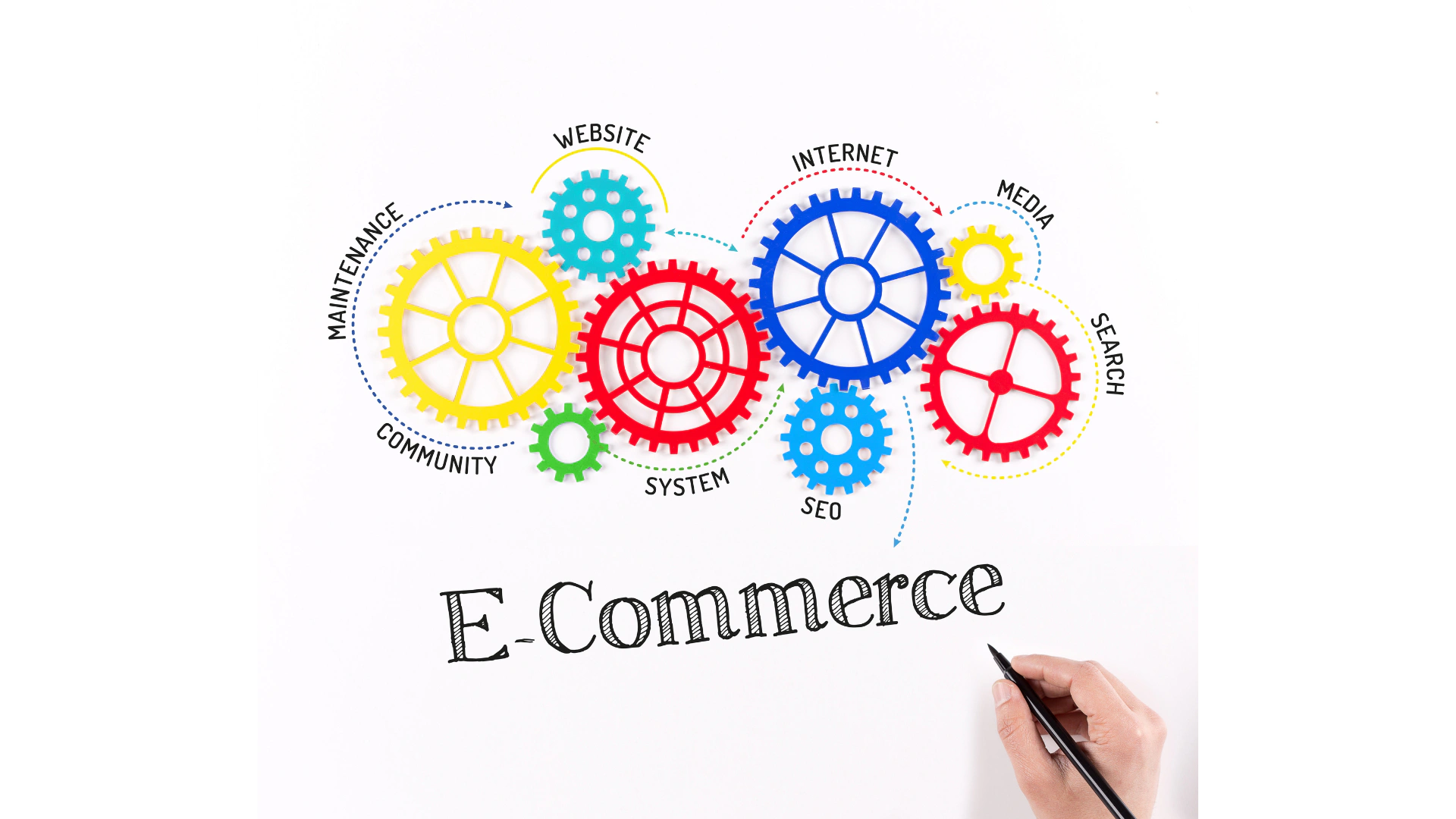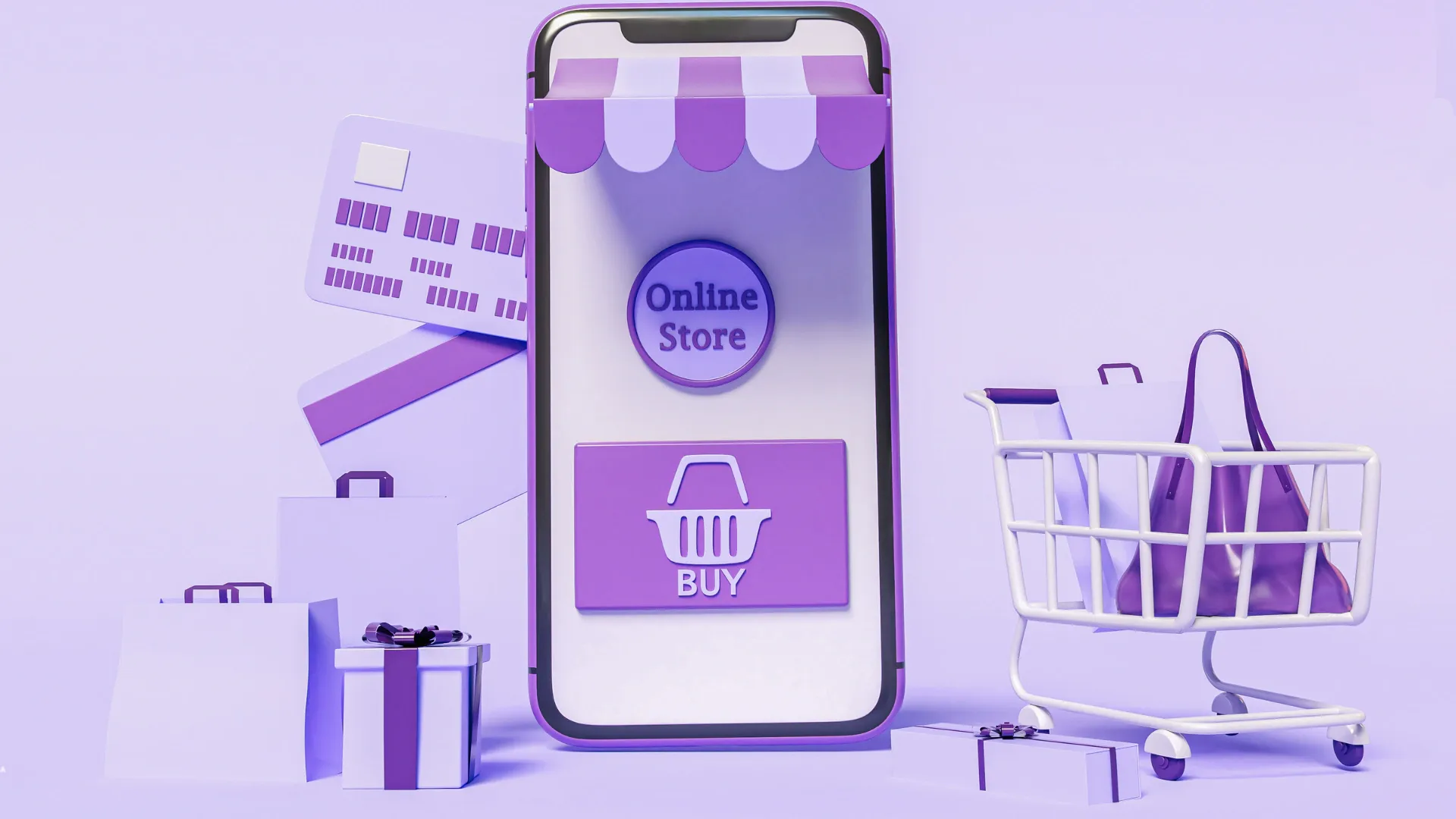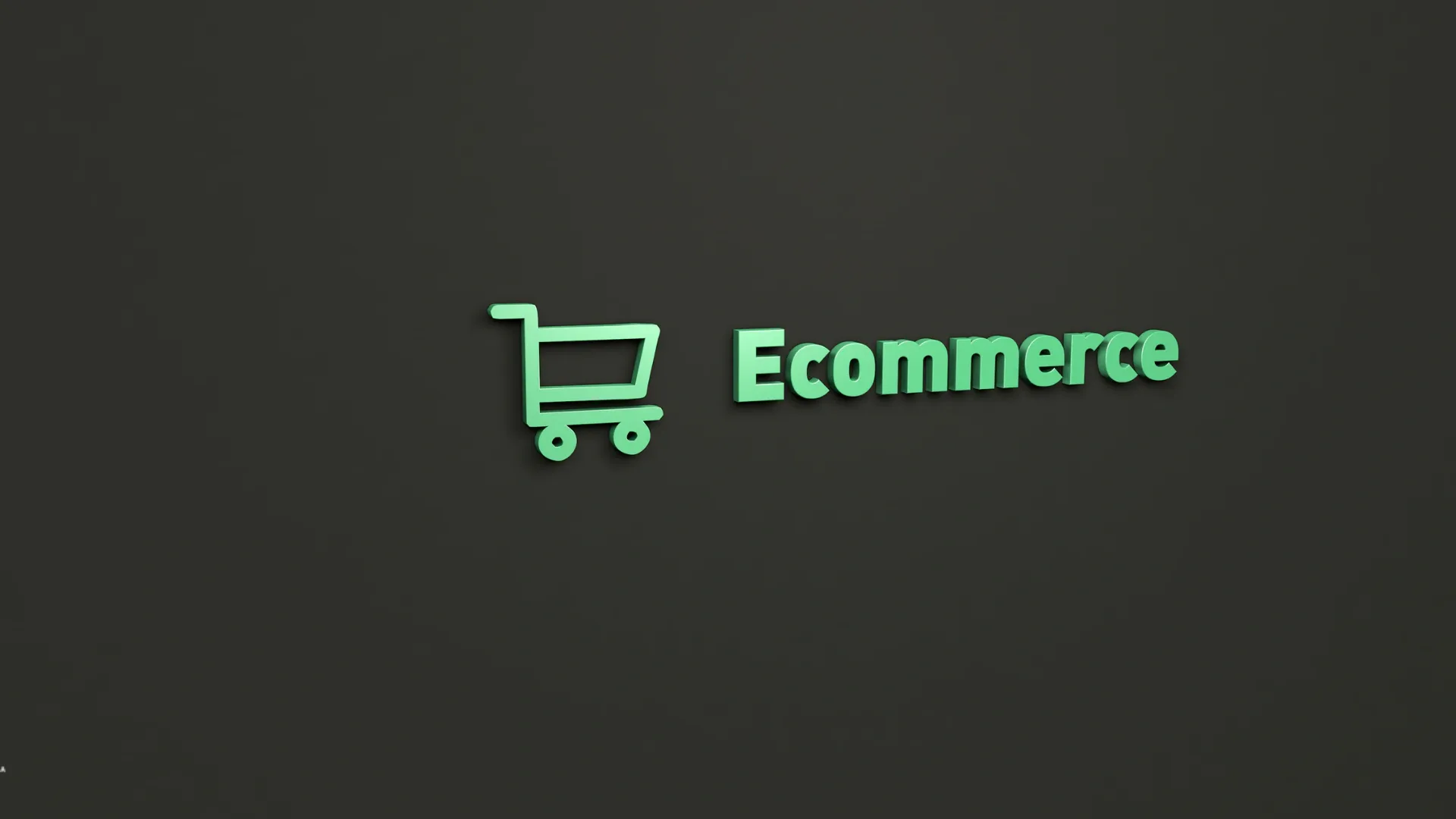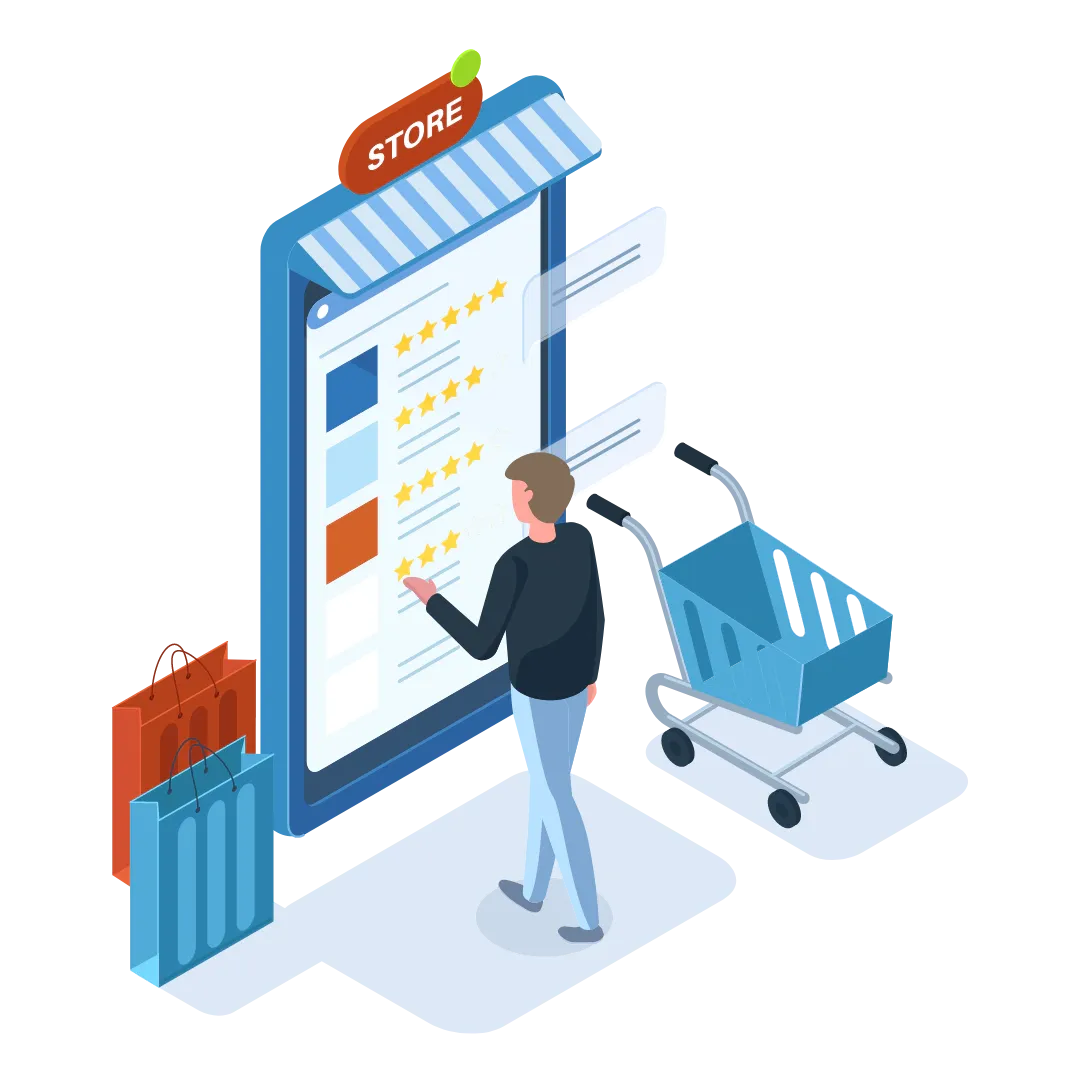Demystifying Shopify Ecommerce Development: A DIY Guide for Beginners

Ecommerce isn't just a trend – it's the future of retail. Shopify has emerged as a leading platform, empowering entrepreneurs to create and manage their online stores without needing advanced technical skills. This guide will walk you through the key steps to build your own Shopify ecommerce store and set yourself up for success.
1. Laying the Foundation
- Choosing Your Plan: Shopify offers various plans tailored to different business sizes and needs. Research and select the plan that aligns with your budget and desired features.
- Domain Name: Your domain name is your online address. Secure a memorable and relevant domain name that reflects your brand.
- Theme Selection: Your theme dictates the look and feel of your store. Choose a theme that is visually appealing, easy to navigate, and suits your brand identity. You can customize it later.
2. Stocking Your Virtual Shelves
- Product Listings: Create detailed product listings with high-quality images, compelling descriptions, and accurate pricing. Use clear categories and tags to organize your products.
- Inventory Management: Track your inventory levels to avoid overselling or running out of stock. Shopify has built-in tools to help you manage this.
- Payment Gateways: Integrate secure payment gateways (like PayPal, Stripe, etc.) to allow customers to purchase from your store with confidence.
3. Enhancing the Customer Experience
- Navigation: Make sure your store is easy to navigate. Use intuitive menus, a search bar, and clear calls to action to guide customers through their shopping journey.
- Shipping Options: Set up clear and competitive shipping rates. Consider offering free shipping for orders over a certain amount to incentivize larger purchases.
- Customer Support: Provide excellent customer service through various channels (email, live chat, etc.). Promptly address inquiries and resolve issues.
4. Marketing Your Store
- SEO Optimization: Optimize your product titles, descriptions, and meta tags with relevant keywords to improve your store's visibility in search engines.
- Content Marketing: Create blog posts, articles, or videos related to your products to attract and engage potential customers.
- Social Media: Leverage social media platforms to promote your products, interact with customers, and build a community around your brand.
- Email Marketing: Collect email addresses and send newsletters with promotions, product updates, or exclusive offers to encourage repeat business.
5. Analyzing and Adapting
- Analytics: Use Shopify's built-in analytics or third-party tools to track your store's performance. Analyze data on sales, traffic sources, customer behavior, and more to make informed decisions.
- Testing: Continuously experiment with different marketing strategies, product displays, and promotions to see what resonates best with your target audience.
Need a Helping Hand?
While building your Shopify store can be a rewarding DIY project, sometimes you need expert assistance. If you're looking for a professional Shopify ecommerce development company, consider partnering with Associative. We specialize in:
- Custom Shopify store design and development
- Theme customization
- App integration
- SEO optimization
- Digital marketing
- IOS And Android Video Conference App
- LMS Android And IOS App
- News Android & IOS App
Conclusion:
Shopify has democratized ecommerce, making it accessible to anyone with a business idea. By following this guide and leveraging the right resources, you can build a successful online store and achieve your entrepreneurial dreams.




To learn more, consider reading other articles, blogs, and stories in this area.




















